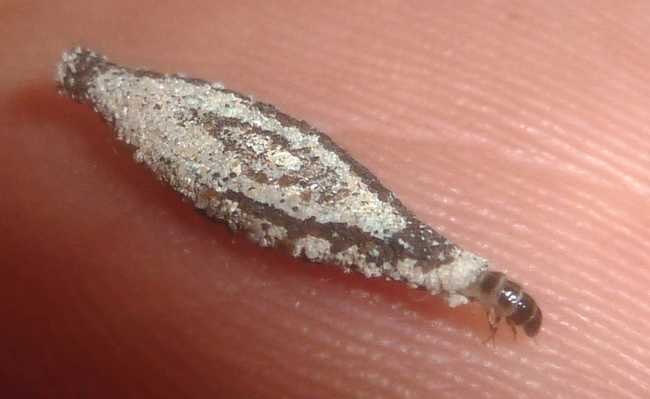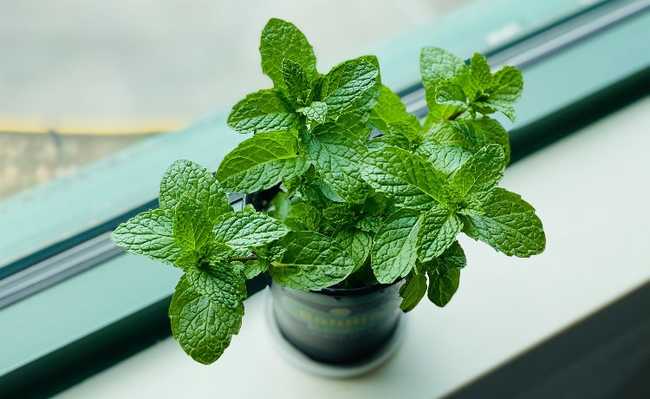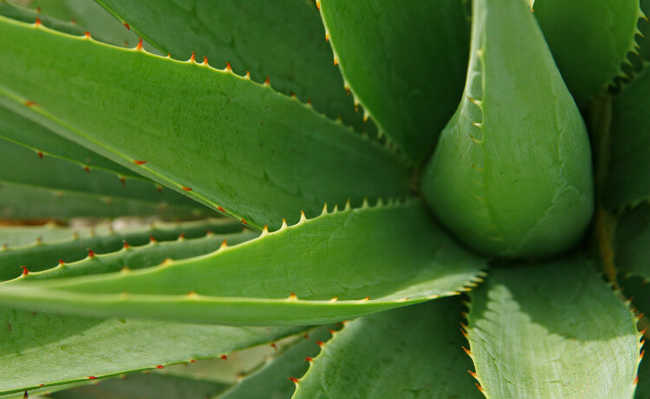What are protozoa?
Expand your knowledge of protozoa: single-celled and heterotrophic disease-causing organisms

Protozoan of the genus Plasmodium, which causes malaria. Image: Dr. Mae Melvin by pixnio is licensed under CC0 - Public Domain
The term “protozoan” from the Greek protos, primitive, and zoon, animal, designates a group of unicellular and heterotrophic organisms, that is, that have a single cell and depend on organic molecules made by other beings to feed themselves. They can live in fresh or salt water, in humid environments or inside the bodies of vertebrate and invertebrate animals, which can cause disease. There are also protozoa that maintain beneficial relationships with other living beings.
Main groups of protozoa
The most current classification of protozoa distributes these beings into six phyla.
Phylum Rhizopoda (amoebas or rhizopods)
The Rhizopoda phylum comprises protozoa that move through cytoplasmic expansions known as pseudopods, which are also used to capture food. Most of them live on submerged vegetation or at the bottom of fresh or salt water reservoirs. Some species, however, are parasitic and inhabit the human intestine, causing amoebic dysentery, for example.
Phylum Actinopoda (radiolaria and heliozoa)
The Actinopoda phylum brings together radiolaria and heliozoa, protozoa that have affiliated pseudopods supported by a central axis, which project like rays around the cell. Radiolaria live exclusively in the sea and are an important component of plankton. Heliozoans, on the other hand, inhabit freshwater environments.
Phylum Apicomplexa (apicomplexes or sporozoa)
The Apicomplexa phylum comprises parasitic protozoa without locomotor structures and endowed with a cellular component called the apical complex. Studies show that the apical complex plays an important role in the penetration of these protozoa into host cells. Among the best known apicomplexes are those of the genus Plasmodium, causing malaria, and the Toxoplasma gondii, causing Toxoplasmosis.
- What are zoonoses
Phylum foraminifera (foraminifera)
The foraminifera phylum groups protozoa with an outer shell of calcium carbonate, chitin or selected sand fragments. This carapace has numerous perforations, through which pseudopods, the structures responsible for capturing food, protrude. Many species of this phylum are part of plankton and others live on algae and animals, or crawl on the seabed.
Phylum Zoomastigophora (flagellates)
The phylum Zoomastigophora gathers protozoa that live in aquatic environments and that move by means of flagella. Some are free-living, while others live attached to a submerged substrate, using flagellar motion to create currents that drag food particles toward them. Several species of flagellates are parasites, such as the trypanosoma cruzi, which causes Chagas disease, Leishmania brasiliensis, which causes leishmaniasis, and Trichomonas vaginalis, causing vaginal inflammation.
Phylum Cilliophora (ciliates)
The Cilliophora phylum groups protozoa with cilia, locomotor structures that are generally shorter and more numerous than flagella. In addition, they have more than one nucleus per cell, one of them relatively large, the macronucleus, which controls the organism's vegetative functions, and one or more smaller nuclei, the micronuclei, which participate in sexual processes.
Protozoan reproduction
asexual reproduction
Most protozoa perform asexual reproduction by binary division. The cell grows to a certain size and divides in half, giving rise to two new identical individuals.
sexual reproduction
In general terms, sexual reproduction consists of the union of two protozoa, forming a zygote that later undergoes cell division and originates genetically recombined haploid individuals.
Main diseases caused by protozoa
In addition to the aforementioned diseases, protozoa can also cause amoebiasis, giardiasis and trichomoniasis, among others.
Mutual relationships with other organisms
Some species of protozoa develop mutualistic relationships with organisms from other species, that is, both benefit from this relationship. This is the case of protozoa that live exclusively in the intestine of termites, where they digest the cellulose from the wood ingested by them. Therefore, there is a mutual dependence between these organisms: protozoa depend on termites for food, while termites depend on protozoa to digest wood cellulose.








